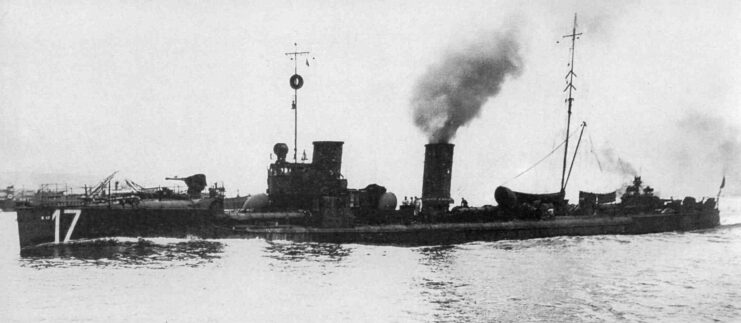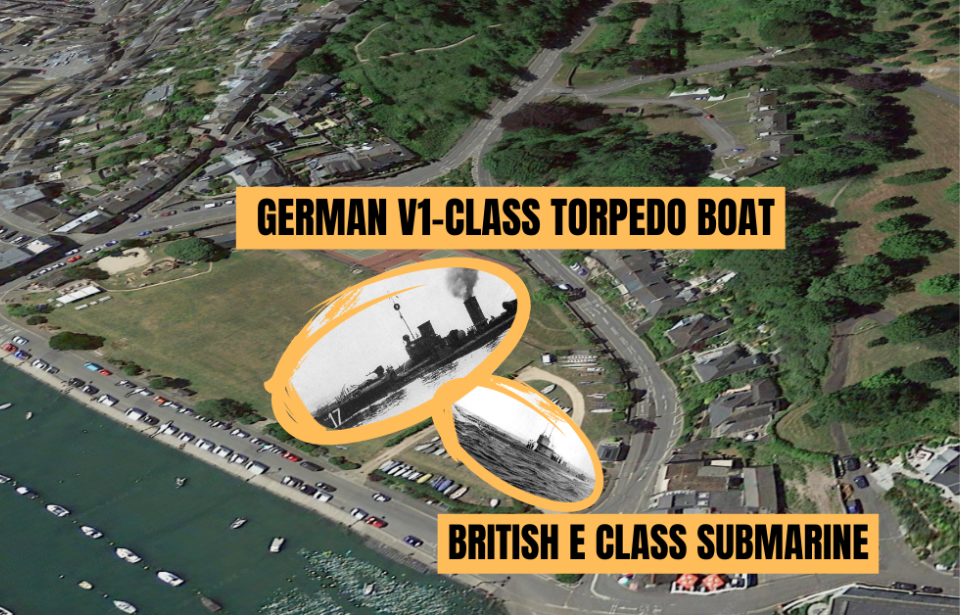There’s long been an urban legend surrounding Dartmouth’s Coronation Park, which states a Royal Navy submarine is buried beneath the green space. Residents of the small British town have circulated the rumor for decades and, now, it seems that the claims may be true, according to a team of researchers from the University of Winchester.
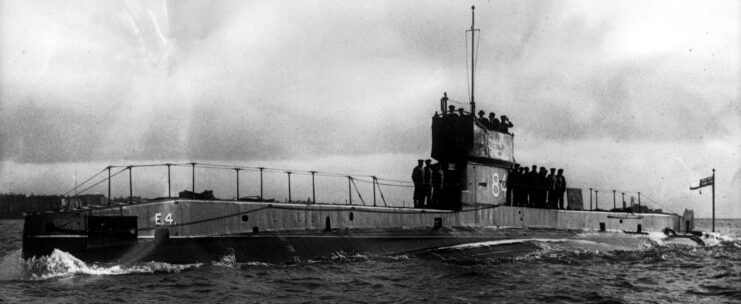
Coronation Park sits atop what used to be a landfill along the British coast, and first opened to the public in 1937. Through the use of ground-penetrating radar (GPR), the team from the University of Winchester were able to scan the area, to see if there actually was a Royal Navy submarine buried beneath the park.
What they found was the “vague outline of what is thought to be HMS E52.” What’s more, they also discovered evidence of a German torpedo boat destroyer, which is believed to be the SMS S24, which was given to the British following World War I.
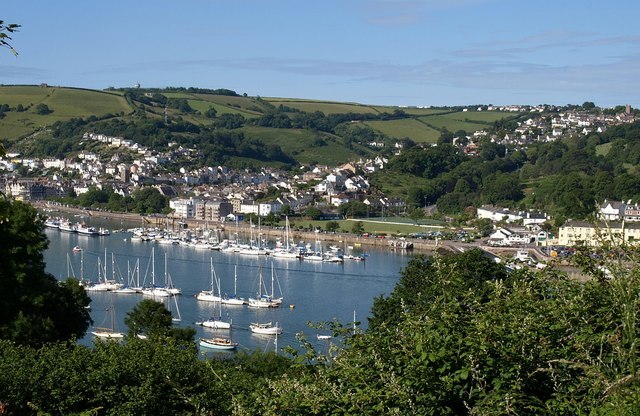
HMS E52 was an E-class submarine that served with the Royal Navy during the First World War. Her most famous action of the conflict was the sinking of the German U-boat UC-63 near the Goodwin Sands, in November 1917. The enemy vessel had taken out 36 Allied vessels, meaning her sinking was a win for the British. Only one German crewman survived.
In January 1921, E52 was sold for scrap to Brixham Marine & Engineering Company. After being stripped, she was taken to the River Dart, where she and other vessels were supposedly used to strengthen a riverbank and create Coronation Park.
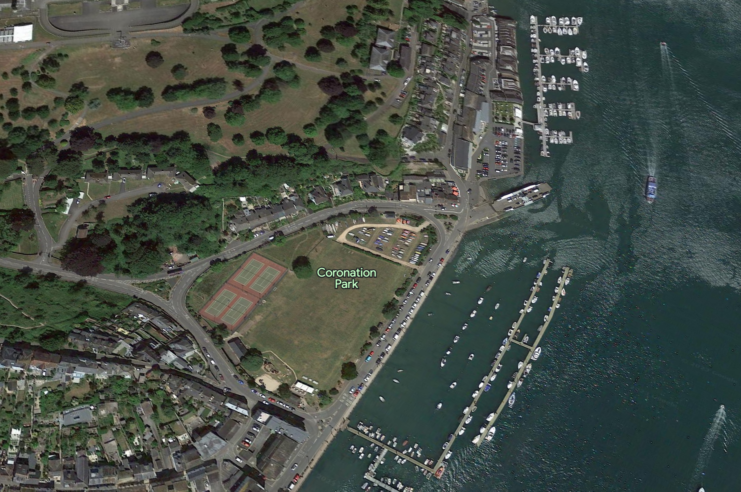
For decades, locals have spoken of the buried submarine in Coronation Park, but it wasn’t until recently that a name was put to the Royal Navy vessel, thanks to Lt. Tom Kemp. This sparked the team from the University of Winchester – Roffer and Dr. David Ashy, who manages the school’s Soil Laboratory – to locate the submersible.
